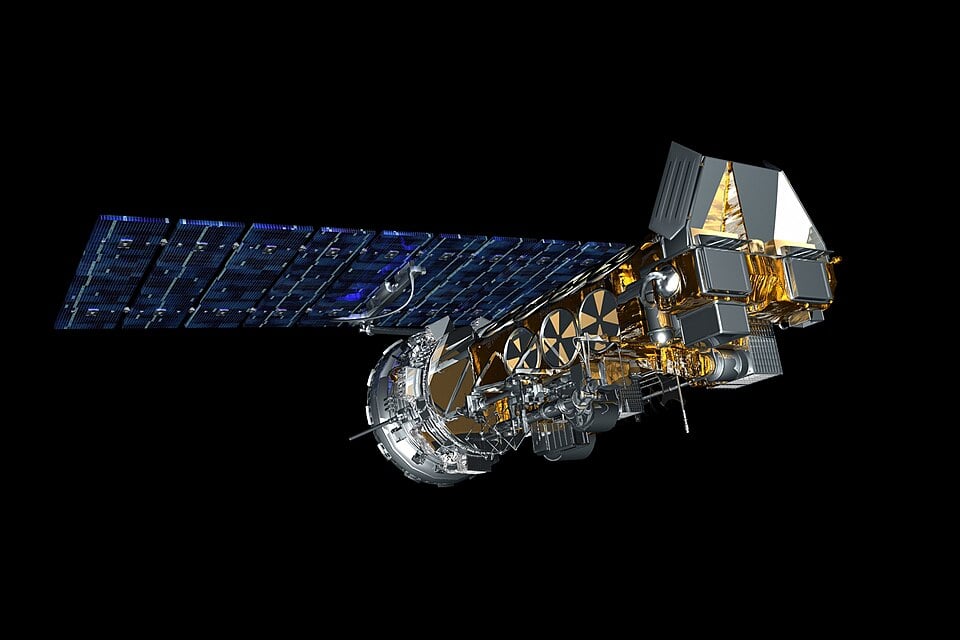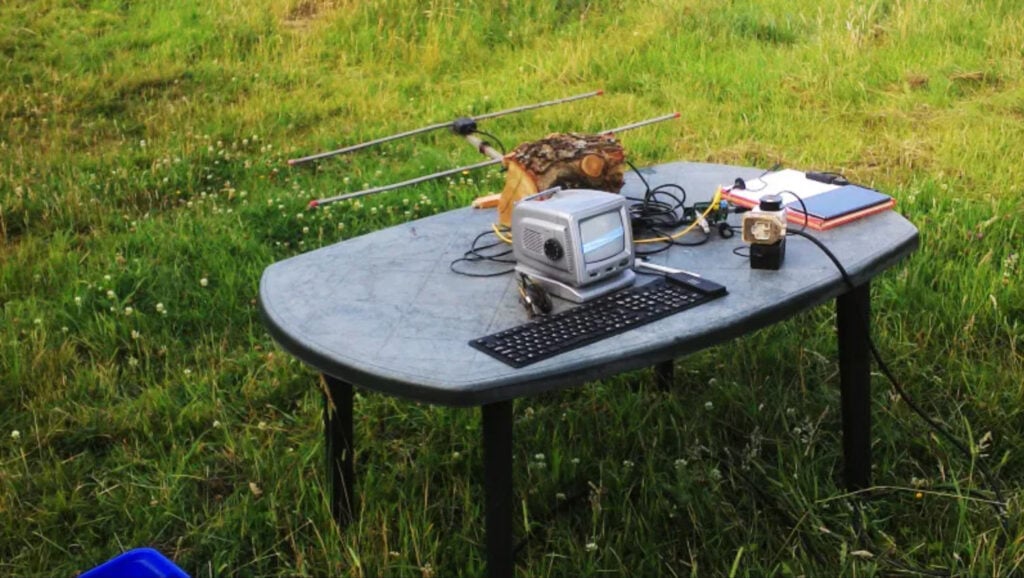AEDA: Crowd Sourced RTL-SDR Spectrum Analysis and TDoA Direction Finding Platform
Recently, we've seen posts on X about a new service called "AEDA" (Advanced Electromagnetic Detection Application). This crowd-sourced web service utilizes RTL-SDR dongles as the RF reception hardware. The software can use multiple RTL-SDRs distributed around a city area for spectrum analysis and TDoA (Time Difference of Arrival) radio direction finding.
The service uses RTL-SDR dongles connected to Raspberry Pis as RF monitoring hardware. In the web UI, a user can initiate a spectrum scan using any of the distributed RTL-SDR nodes available to them. It can also automatically detect popular modulation types such as WBFM, NBFM, DMR, and P25.
A user can also initiate a TDoA scan to localize the source of a particular signal. This requires at least three RTL-SDR nodes to be distributed with good geometry around the signal source. The service synchronizes time via external wideband noise-like signals such as TV signals, cell towers, and DAB, so one of these signals must be available to be received by all RTL-SDRs used in the TDoA calculation.
For now, the service and features appear to be free. However, it looks like they will monetize the platform in the future by renting the crowdsourced RTL-SDR nodes to companies and persons that need to do band studies, radiolocation, and interference detection. They also hope to pay node owners for any time the nodes are rented.
More information about the AEDA service is available on their documentation page.




